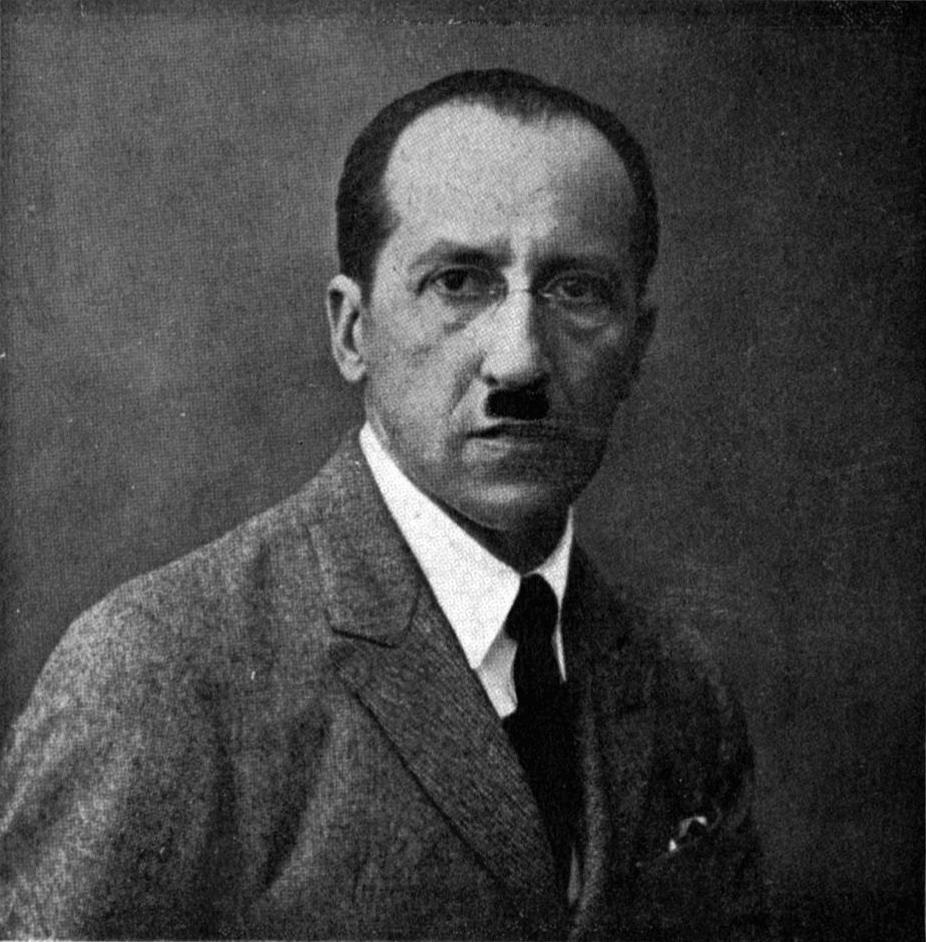“The surface of things gives enjoyment, their interiority gives life.”
Written note in Mondrian's sketchbook around 1911; quoted in Abstract Painting, Michel Seuphor, Dell Publishing Co.,1964, p. 11
1910's
